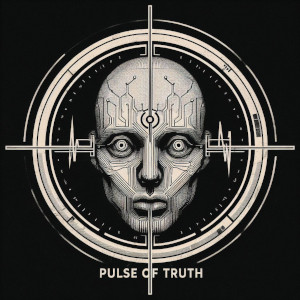

Yeah, Honey is just exacerbating the inherent flaws in the system, and most of it can be dealt with having a limit of coupon usage and expiration of the coupons.
The thing which really upset me is advertisers pulling money from podcasts which have referral codes because of abuse from Honey. I’m not a fan of advertisements, but the referal codes were a simple solution since there’s no way to accurately measure if an ad was listened to. Honey causing advertisers to pull support for podcasts just pushes podcasts to closed ecosystems with more tracking and analytics, and takes money away from Podcasters.























Love the old animation style in this scene. This is a good breakdown of the differences compared to the modern animation